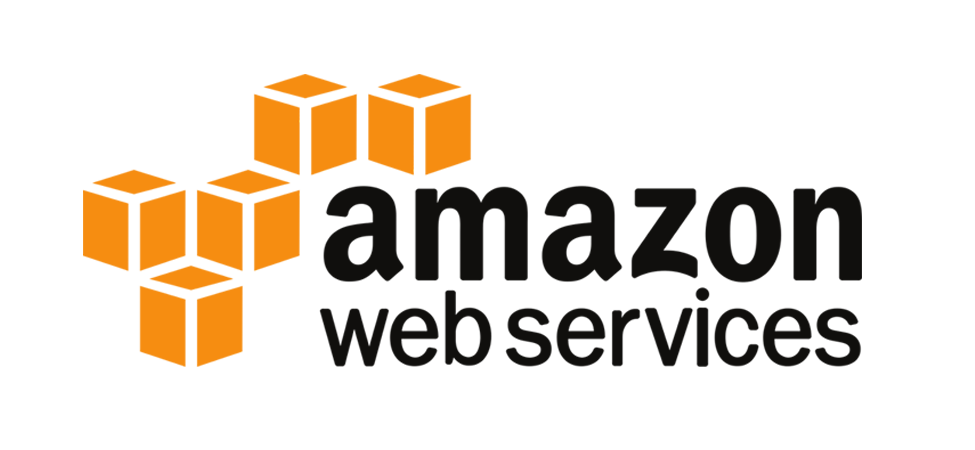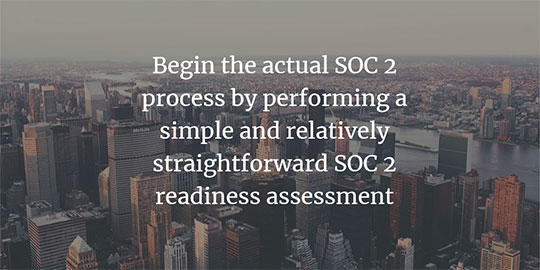SOC 1 vs. SOC 2 | AICPA | Understanding the Key Differences & Similarities and What You Need to Know
Thanks largely in part to the launch of the American Institute of Certified Public Accountants' (AICPA) SOC framework, the SOC 1 vs. SOC 2 discussion is well under way.
SOC stands for "System and Organization Controls", which allows qualified practitioners (i.e., licensed and registered Certified Public Accountants) to issue SOC 1, SOC 2, and/or SOC 3 reports.
After the SSAE 16 standard (which is used for issuing SOC 1 reports, and has been replaced with SSAE 18) effectively replaced the longstanding SAS 70 auditing standard for reporting periods ending on or after June 15, 2011, there has been much debate regarding SOC 1 vs. SOC 2 – specifically, when are they applicable, what is the respective scope for each, and what similarities or differences do they each share.
System and Organization Control (SOC 1) reports are to be conducted in accordance with Statement on Standards for Attestation Engagements No. 18 (SSAE 18). This AICPA attestation standard was intended not only to replace SAS 70 and SSAE 16, but also to reincorporate the auditing process with the concept of internal controls over financial reporting, or ICFR.
The SOC framework places elevated importance on the ICFR component for service organization reporting, thus advocating service organizations to opt for SOC 1 if the organization has a true nexus with ICFR, such as those in the financial services industry.



